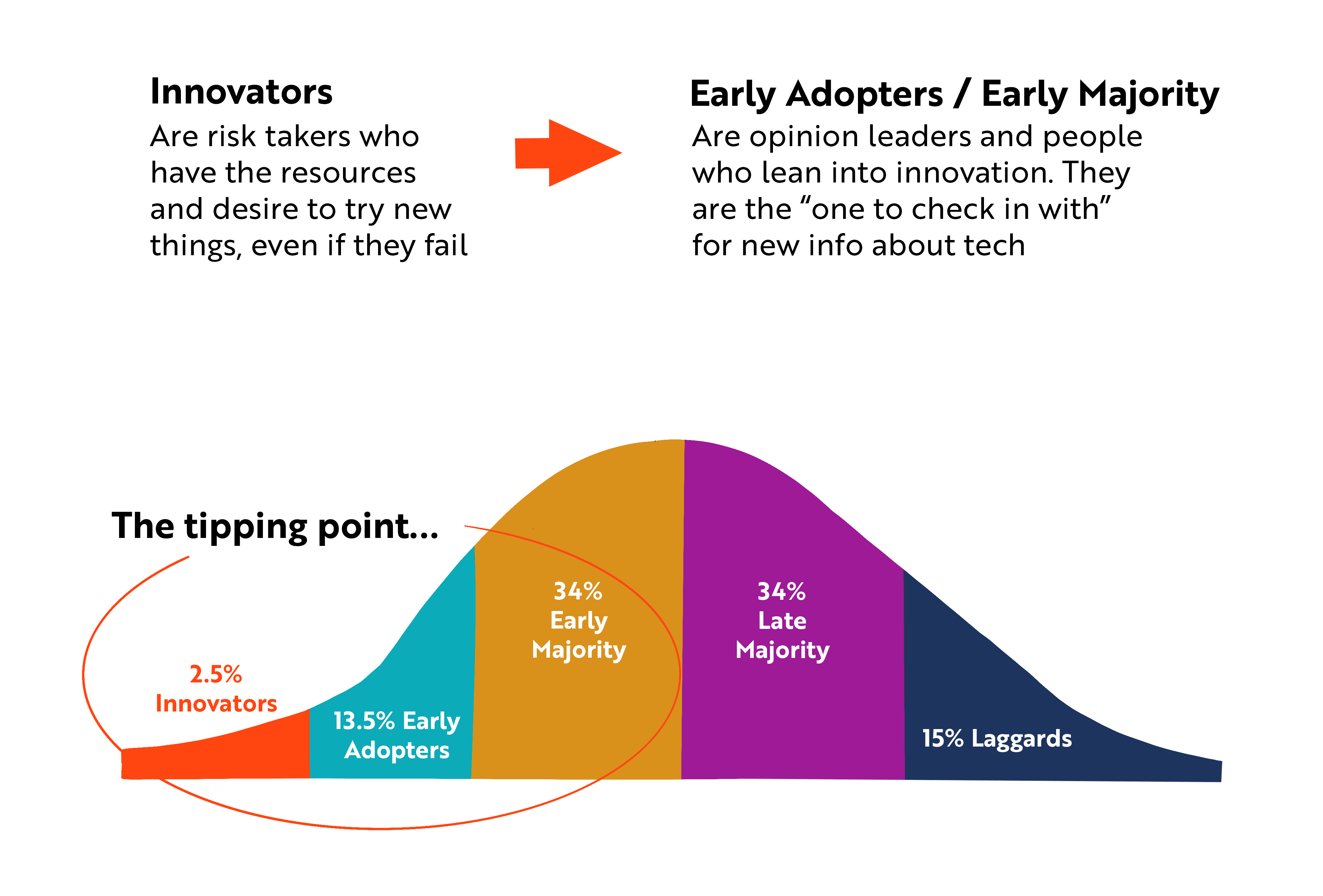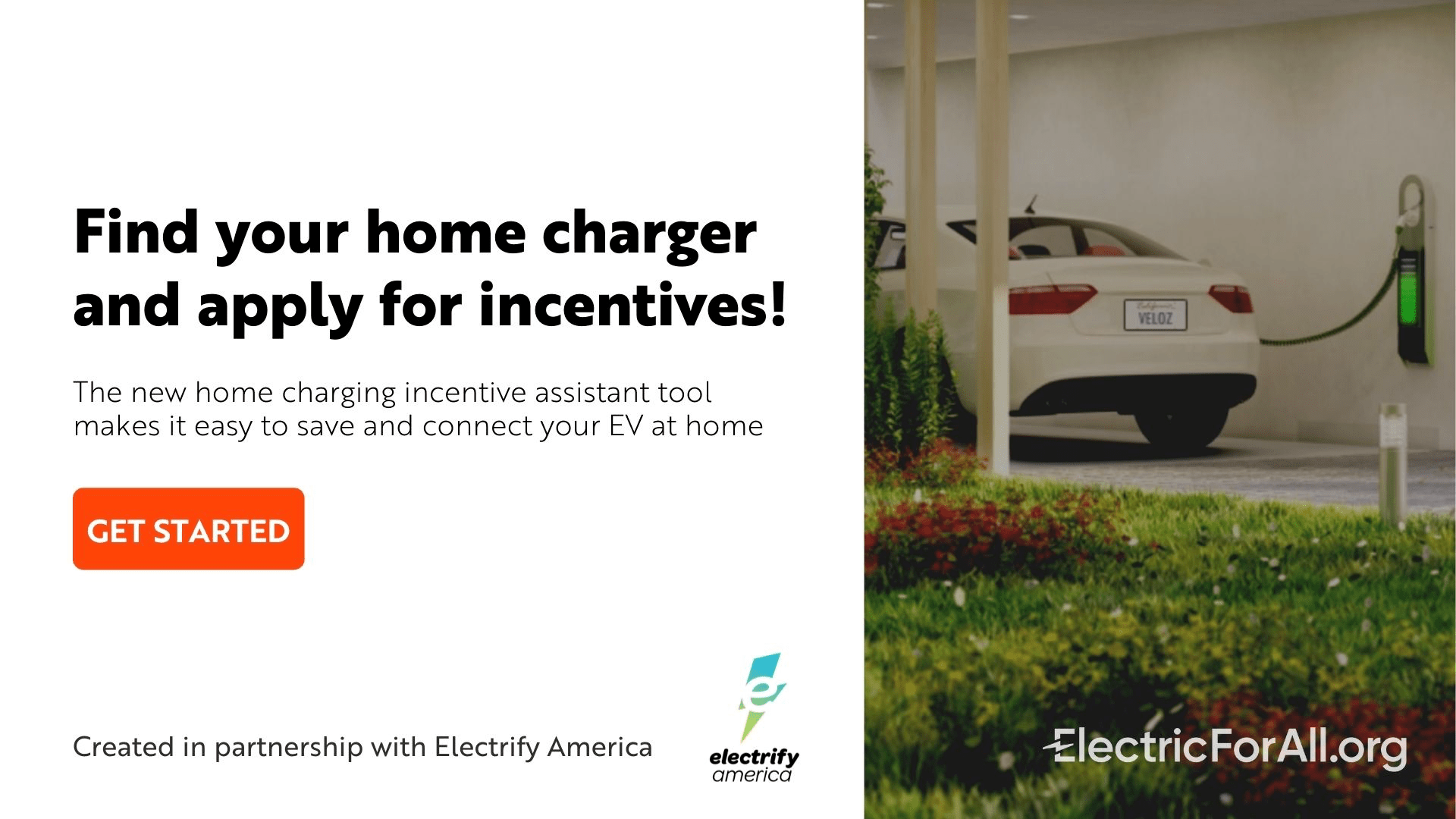The federal bipartisan infrastructure bill’s recent Senate passage is a promising step toward building an accessible, abundant and reliable nation-wide EV charging network. Combining its $7.5 billion investment with the Department of Transportation’s $5 billion earmark for state and local grants marks an important leap forward in solving the chicken and egg challenge of electric vehicle adoption. Even when these federal investments are coupled with individual state’s infrastructure funding, more is needed. $87 billion more to be exact, according to Atlas Public Policy. GridLab, Energy Innovation, Lawrence Berkeley National Lab and UC Berkeley project even higher. Utilities, automakers and EV charging providers are investing big and need to go bigger. This is a complex challenge though, so how we spend those dollars is as important as how much we spend. There is, of course, both risk and opportunity, so we must proceed wisely and swiftly.
We need to accelerate the shift in the EV market from the early adopters phase to the early majority.

There is a distinct difference between these two phases. Early adopters are willing to put up with ‘testing out’ new technology. For example, they find the treasure hunt of looking for charging stations as a fun adventure. This is not so much the case for the early majority. This group of consumers is reasonably risk-averse and wants to be confident that their—often more limited—resources are spent wisely. Reaching the early majority takes us from 2% to 30% of the market—the tipping point holy grail! We must engage them now while providing an elevated experience.
The general concern is that the dollars will not be strategically invested to best accelerate early majority adoption, or even more troublesome, that they are spent in ways that slow the rate of EV adoption down.
What we know is that addressing the early majority’s top concern—charging accessibility—moves the group considerably closer to taking the plunge and going electric.
Home charging is a critical part of the equation. Half of all vehicles in the United States belong to residents of single-family or duplex homes with access to a dedicated off-street parking space, according to the National Renewable Energy Laboratory (NREL). UC Davis Institute on Transportation Studies reports that 86% of current electric vehicle owners rely primarily on home charging, and 53% use home charging exclusively. This is certainly the case with early adopters who started driving electric while public charging stations were less prevalent, however home charging also makes sense for early and late majority consumers. This is because, unlike with gas cars, EVs can charge up in the same manner as your cell phone. Plug ‘em in at night and forget about ‘em! Utilities are sweetening the pot for home charging too by reducing rates and expanding off peak charging periods, so fueling your EV costs a mere fraction of what gassing your car costs. In addition to what the utilities are offering, federal and state governments are incentivizing homeowners to buy and install chargers. You can input your California ZIP code to discover what incentives are available to you for both an EV and a home charging station on www.electricforall.org (coverage outside of CA is limited for now).
Veloz and Electrify America recently launched the Home Charging Advisor, a comprehensive incentive tracker tool making it easy for California consumers to find and apply for a host of incentives for level 2 (think 240 volt) home chargers by ZIP code. Individuals that live in eligible ZIP codes can even apply for home charger incentives directly through the website! More incentive dollars are needed, especially for low-income residents. The vast majority of low-income Californians live in Southern California and the Central Valley with just over half living in single-family homes—35% own their homes, according to a study by NRDC.
Education is the key. Few non-EV owners really know or understand the opportunity in home charging, much less in EVs themselves. Unless they can see EV chargers dotting the landscape like gas stations, they are reluctant to make the buy. This is just one of the persistent myths that Veloz and our Electric for All campaign is helping to bust. And it’s why more investment is needed in consumer education and engagement.
Still, 40 percent of Americans don’t live in single-family homes where they can install a charger, according to the Rocky Mountain Institute. Highly dense cities, like New York, where most people live in apartments or condos, have scant real estate for chargers. And some cities, like Sacramento, are pursuing innovative land use planning that moves away from single family dwellings. Cracking the charging nut for these consumers must be a priority. There are a host of barriers that California aims to overcome for multi-family unit dwellings (MUD), and for low-income residents, in particular. Some are technical (electrical capacity), some are monetary (who pays/cost recovery), and some are educational (understanding cost/benefits). Again, more investment is needed in incentives as well as targeted educational campaigns, in the Electric for All model, to bring landlords and tenants onboard.
So, when charging up at home isn’t an option, workplace and public charging must fill the gap. A recent International Council on Clean Transportation analysis estimates that in order to get to 26 million EVs on the road by 2030, the U.S. will need 2.4 million public and workplace chargers—including 1.3 million workplace chargers, 900,000 public Level 2 chargers, and 180,000 direct current fast chargers. Today, we have 216,000 chargers, mostly level 2.
The good news is that EV charging network operators have big growth planned. Electrify America plans to double its charging network in the US and Canada by 2025, to about 10,000 fast chargers across 1,800 stations. EVgo plans to triple its network size in the next five years. And ChargePoint plans to reach 2.5 million Level 2 chargers by 2025, half of which will be in North America.
The type of charger and where it is located is extremely important. Charging technology is rapidly evolving and charge time is shrinking dramatically. California recognizes this, so, ultra-fast charging technology—using liquid cooled cables capable of delivering a full recharge of a 300 miles battery in 15 minutes—are now available across the state, from El Centro to Eureka. But fast chargers certainly aren’t cheap. Cathy Zoi, CEO of EVgo estimates it costs her company $110K to deploy a fast charger, for a grand total of $500K/four chargers to $1 million/eight chargers per charging station. So figuring out exactly where fast chargers generate the greatest return on investment is the first step. A White House fact sheet indicates that the new infrastructure funds will be focused on building fast-charging stations near highways—copycatting gas-station-anchored rest stops. It will also be directed to “rural, disadvantaged and hard-to-reach communities.” Deploying fast chargers near multi-unit housing makes smart strategic sense, according to UCLA’s Luskin Center.
Beyond public charging stations, we need incentives for businesses, builders and renovators to think out of the box. Pre-wiring electric parking spaces and curbside charging is one idea. Then there are other fun ideas like Volkswagen’s prototype mobile charging robot that roams parking lots to juice up those EVs in need. And this month, Sweden unveiled eRoadArlanda, the first electrified road in the world!
Veloz and our public and private sector members are in the perfect position to bring new ideas to the table. Most recently, Veloz joined the National EV Charging Initiative—a coalition made up of 24 groups representing tens of thousands of companies, union members, investors and advocates, all agreeing to push for deeper commitments from each other and the federal government to deploy the charging stations needed to improve air quality, create domestic jobs, address racial inequities and curb climate change. The charge to charge is on and if we do it right, we can and will move the early majority to the market tipping point.
Together, we can achieve more.


